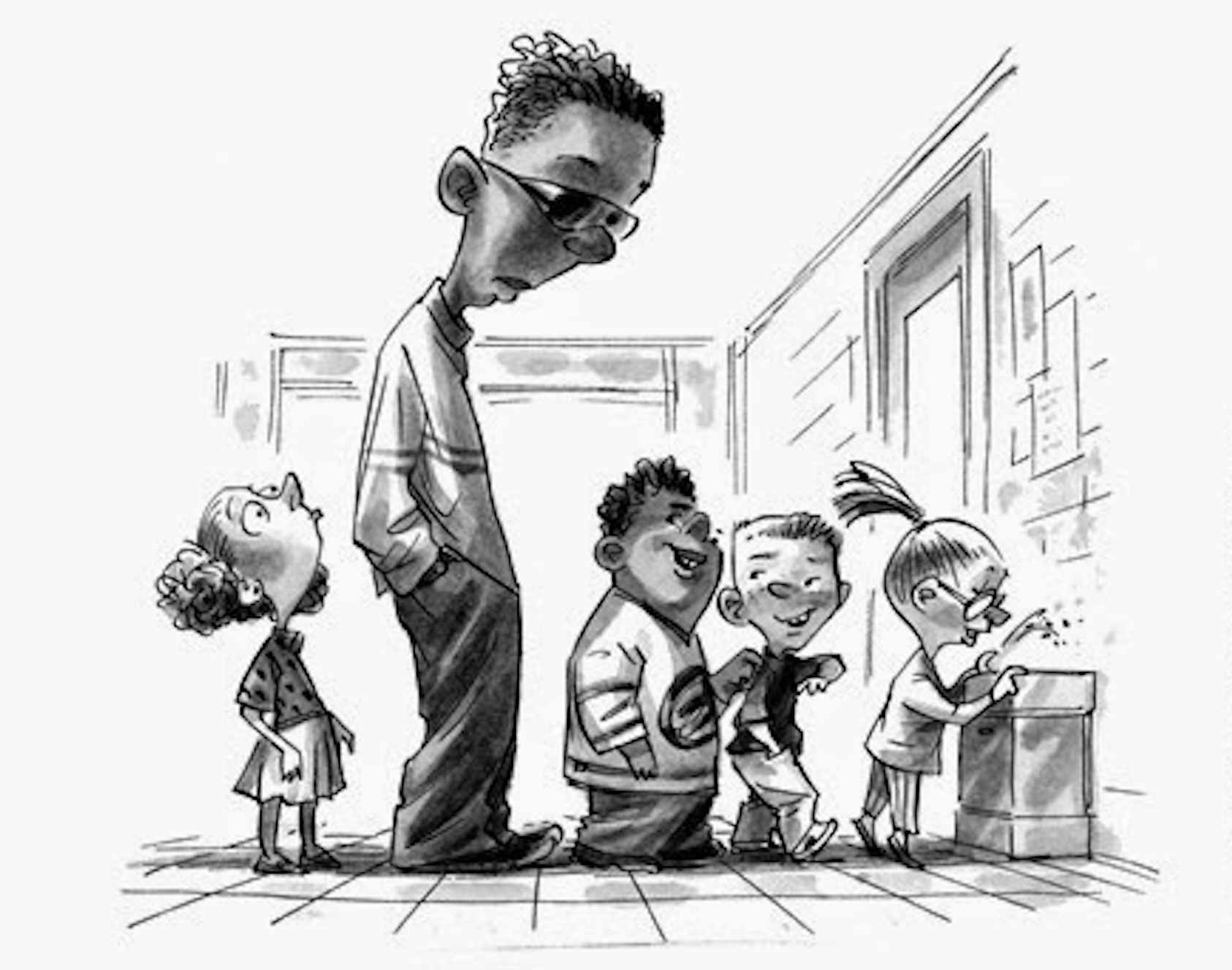

- Has anyone at your child’s school talked to you about retaining your child in the same grade?
- Have you been thinking about whether your child should be promoted to the next grade level?
- Should students repeat a grade at school?
- Grade retention or social promotion — which is best?
- Are there any circumstances in which a student would benefit from repeating her current grade?
According to most research, the overwhelming answer is a resounding NO!
Making students repeat a year when they’re not doing well socially or academically is not uncommon. But there is a major assumption underlying the practice – it is thought that retaining students in a grade for an extra year provides the opportunity to catch up with other students socially, physically, behaviorally, and emotionally. Not to mention keeping up with the curriculum. However, many researchers say that the evidence doesn’t bear this out.
The evidence
Holding a child back is done with the best of intentions, but research shows that in the main, it can have a negative impact on students’ academic outcomes.
Grade retention significantly predicts school drop-out, lower academic achievement, and lower post-school educational attainment.
These negative effects seem most apparent when students are retained in later grades, with fewer negative effects for retention in the first two or three years of school.
Although some research indicates that there are possible advantages of early grade retention being lost down the track.
Educational support
Research focusing on different approaches to grade retention indicates that retention involving educational support is not as effective as promoting students to the next grade and providing that same educational support.
This suggests it may be more effective to promote students and administer educational intervention than hold them back while giving them the same help.
Costs of keeping children back
While there tend to be reasonably consistent findings for negative academic outcomes, there are mixed findings for research into non-academic outcomes.
For example, some research suggests socio-emotional and adjustment difficulties associated with grade retention, while other research finds no negative stigma as a result of grade retention.
There are also financial and other implications in the grade retention issue.
An additional year of tuition can be an expensive and time-consuming response.
The direct and indirect costs of educating a child for an additional year (compounded by all grade retentions in the system) can be substantial.
Why does grade retention continue to be a response to problematic pathways through school?
All this raises the question as to why grade retention continues to be a response to problematic pathways through school.
First, there is an intuitive “logic” to grade retention. Progress in life often means doing things a second time.
Second, it is part of the history of our educational fabric and these things are sometimes uncritically accepted or taken as a default more than they should be.
Third, grade retention is a relatively straightforward strategy to implement – pressing the “pause button” is more straightforward than providing rich educational support over the short to longer-term.
Fourth, grade retention does not require much innovation or change in school structure and practice – a student is simply held in place for a year.
Fifth, grade retention effects are not always negative; there is research finding positive effects.
Similarly, negative findings do not apply to all students.
The alternatives
Interventions at gcs designed to address the specific factors that place students at risk for school failure.
Instead of waiting for a student to under-achieve – a “wait-to-fail” response – firstly, we clearly identify the precise nature of the educational (and other) issues leading to considerations of grade retention.
And then, with this in mind, schools should be forward-looking to explicitly teach the skills needed for keeping up with the curriculum.
This involves direct instruction of content, explicit teaching of curriculum material, deliberate practice of important skills and processes (e.g., Maths problems, essays, etc), worked examples to give step by step demonstrations of how to perform tasks and operations, one-on-one attention, and ongoing assessment of progress and remediation as needed.
This might also involve things like structured templates for essays or reports (and other substantial tasks students must perform).
Engage in tutoring when needed in specific curriculum areas.
Engage in explicit and direct literacy and numeracy instruction if these skills are posing difficulties – even for some high school students, going back to basics on things like phonics may be needed.
Frequent monitoring of these skills and grasp of curriculum content so adjustments to (or continuation of) remediation are made.
Identify a staff member known to connect well with the child to mentor and advocate for the student within the school (Genesis Combined School HAS TIME, RESOURCES AND INTENTIONS FOR THIS ALL).
Remember
The effects of grade retention can be negative, more so for academic than non-academic outcomes.
However, numerous caveats and additional considerations are relevant to the decision to hold a student back a grade.
The decision to repeat a child should be considered very closely and not as a default (or the only possible) response to a problematic situation.
There are numerous educational approaches that can assist young people’s journey through school and these needs to be taken into consideration.
